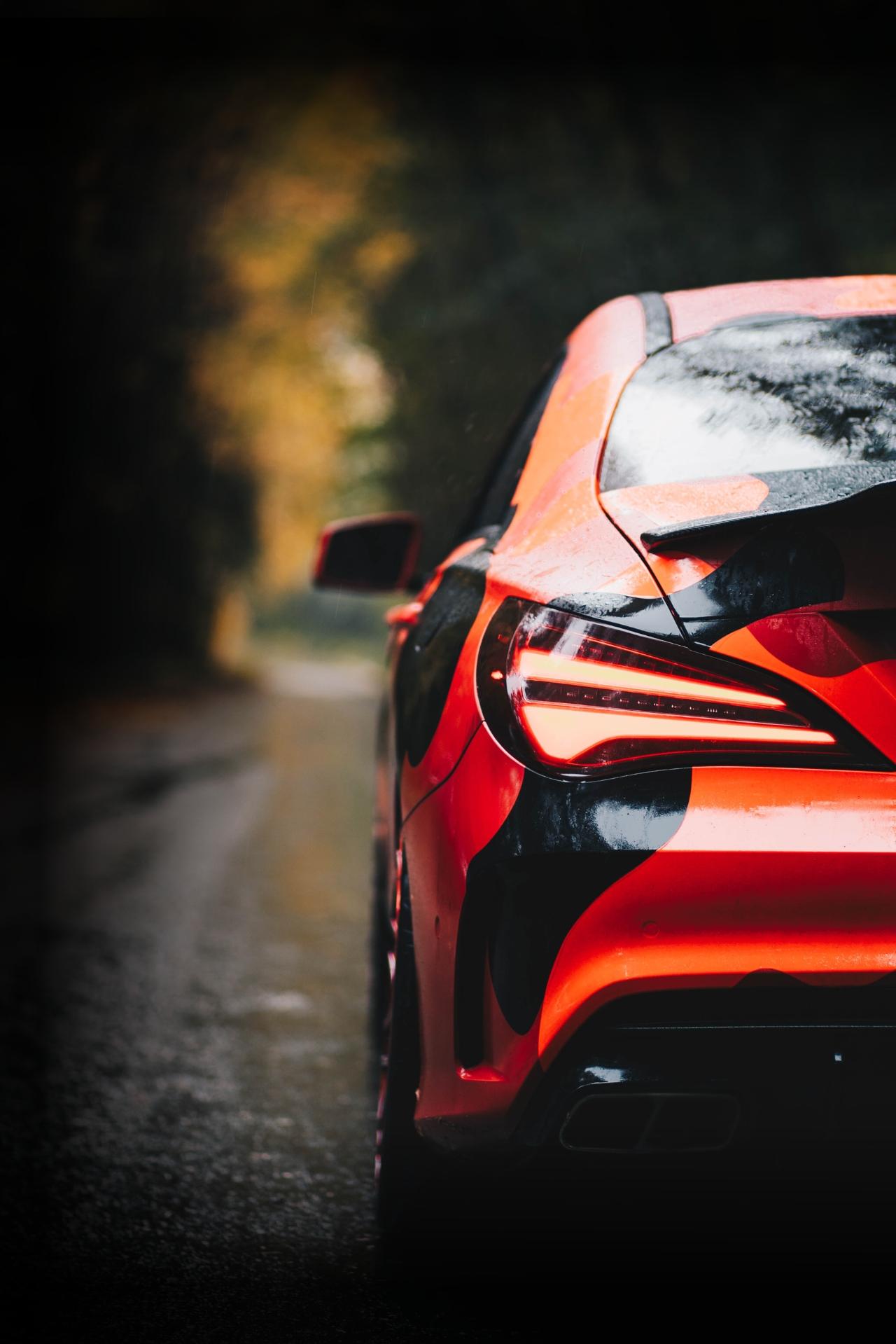Can a ceramic coating be applied over paint protection film?
A frequently asked question is whether applying a ceramic coating over a paint protection film makes sense. Many people are unaware of the advantages of having a ceramic coating on PPF ( Paint protection film, also knowns as clear bra). While a clear plastic coating over your paint will help to resist rock chips, it will not bead off the water on its own, nor will it withstand chemical etching from bird dung and bug guts.
Thank you for reading this post, don't forget to subscribe!A ceramic coating on your vehicle will provide an excellent protective shield as well as numerous additional advantages. But what are the advantages of adding a ceramic layer on top of PPF? Here's what you should know.
WHAT IS THE DIFFERENCE BETWEEN BOTH OF THEM?
Before we get into the advantages of combining these items, let's talk about what makes them distinct.
- PAINT PROTECTION FILM: Paint protection films are thin, thermoplastic urethane sheets that keep water and grime out of your paint. They sometimes come in different colors! The film forms a protective layer over your paint surface, protecting it from tiny scratches and road debris - don't ding your car thinking PPF will preserve it. The military developed PPF to protect their vehicles. We're not talking about lakhs worth of automobiles here; we're talking about things like helicopters that cost millions.
However, due to its self-healing qualities - superficial scratches mend themselves - it is quite popular with civilian and commercial cars.
- CERAMIC COATINGS: Ceramic coating is also another paint protection solution that functions similarly to PPF. The distinction is in its application. A ceramic coat, also known as nano-coating, is a microscopic coating of liquid polymer with hydroponic qualities that make cleaning simple. It helps in sealing your paint and will make it last longer and more straightforward to clean while also protecting it, although not as well as PPF.
BENEFITS OF CERAMIC COATING OVER PPF
- They extend the life of your PPF
The sun—or, more particularly, UV rays—is the number one enemy of all PPF. UV radiation gradually destroys both the PPF and the glue that holds it to the paint, causing yellowing, cracking, and sheer peeling. After paying a lot of money for the installation, it's disappointing to see this. PPF manufacturers like to claim that their wraps are UV-resistant, however, the truth is that this protection is just temporary. However, if you apply a nanocoating rich in UV inhibitors, you will have practically lifelong protection against any early PPF failure.
- They make cleaning your PPF easier
It's far more difficult to keep PPF clean because it's not naturally hydrophobic (AKA water repellent). One of the benefits of water repellent coatings is that when they repel water, they carry a lot of your vehicle's surface dirt with them. It is a crucial surface quality that PPFs just lack on their own, which makes it even more important to add a ceramic coating to PPF. But don't just pick any; choose one with a low sliding angle, such as Ulta kool's Ceramic Coating. The simpler water beads can get off your surface, the more dirt they can collect up along the route.
- They protect your PPF from damage
It's a shame to wake up to baked-on road tar or tree sap on top of your PPF. Stubborn impurities are extremely difficult to remove from PPF; often, manufacturers will propose using strong chemicals like acetone to break them down, even thoug
h doing so risks corroding the film itself! All of that changes if you apply a chemical-resistant nanocoating on top. You'll have an additional layer of defense that won't be destroyed by cleansing solutions or contaminant etching.
- They improve the appearance of your PPF
Within a few months of daily driving, PPF begins to show signs of deterioration. And I'm not referring to yellowing; I'm referring to embedded road grime. A tainted PPF appears like a sore thumb, especially on white paint. However, with a nano-coating protecting the film, road dirt will not embed as quickly. For example, something like Ultrakool's Coating would help keep filth out of your film and your finish looking great.
CAN YOU APPLY CERAMIC COATING OVER PPF?
While both treatments provide paint protection, they have distinct advantages. If you use works, you can upgrade to a more durable ceramic coating or a more expensive pain relief solution such as PPF.
Combine Ceramic coating and PPF to provide your vehicle with the maximum layer of protection. You'll get the finest protection against high heat and UV damage in the automobile sector. Furthermore, both are chemically resistant.
So, should a ceramic coating be applied to PPF? The answer is definitely yes.
If you opt to use a ceramic coating on PPF (and you should!), make sure it’s specifically designed to connect with the film. A ceramic paint covering is intended to bond with just paint! If you are in search of a fil-specific coating, Ultrakool’s coating bonds with PPF precisely and lasts as long as the film underneath.

